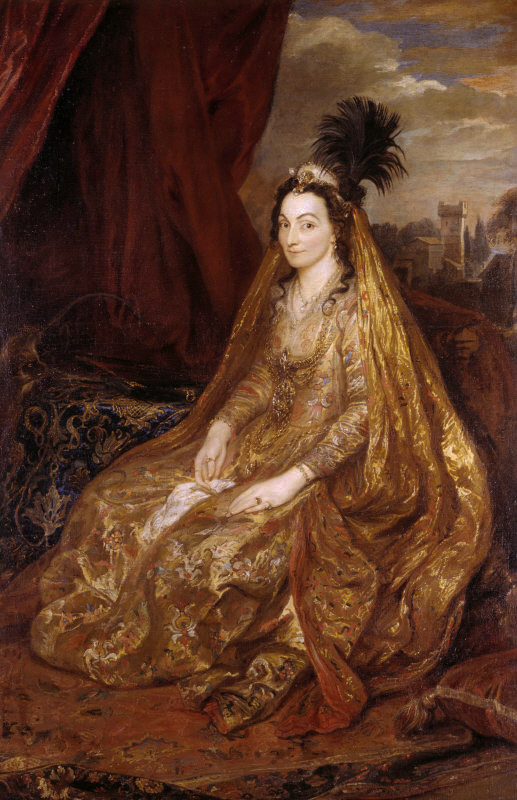Dodmore Cotton was the first accredited British ambassador to Shah Abbas the Great. Officially, the embassy was tasked with establishing formal trade and diplomatic relations between England and Persia. Unofficially, it aimed to resolve the diplomatic impasse following the public fisticuffs in London between Robert Sherley and Abbas’ 1625 ambassador to Europe, Naqd Ali Beg (read more about the fight here).

Robert had been merely keeping up the family tradition of fighting with the Persian envoys they were accompanying: in 1601 his brother, Anthony, had “come to blows… on the steps of a Vatican palazzo” with a Persian who, like him, claimed to be the ambassador of Shah Abbas. [Brinda Charry and Gitanjali Shahani, Emissaries in early modern literature and culture, p.24]
Dodmore Cotton, Naqd Ali Beg, Robert Sherley, and a retinue including Thomas Herbert and Robert Stodart left England in March 1627. During the voyage, Naqd Ali Beg committed suicide, presumably because of his diplomatic failure(s). Read more about Naqd Ali Beg’s splendid portrait here. The embassy arrived in Gombrun on 10 January 1628, and travelled up to Ashraff, for an audience with Abbas I. On the return journey, Shirley and Cotton died.
There are two accounts of the embassy. Thomas Herbert’s A relation of some yeares travaile.. Into Afrique and the greater Asia, especially the Territories of the Persian Monarchie was a remarkable bookselling success.
In contrast, The journal of Robert Stodart; being an account of his experiences as a member of Sir Dodmore Cotton’s mission in Persia in 1628-29 was unpublished until Edward Denison Ross retrieved it in 1935.
Both of these sources have plus points and also problems. I’m going to discuss Herbert’s Relation in lots more detail in subsequent posts. But I wanted to mention Stodart’s Journal here.
There are gaps in it – with lots of the journey summarised only by distances covered and the stopping places. Even when the party halted, there were often only scanty details. Stodart’s diary for Hispahone (Isfahan) has big gaps, but the section that remains is all about feasts, and invitations to and from members of the English and Armenian communities. As in the earlier accounts of the Sherley party, the maydan and the other monuments presented by Herbert are not even mentioned by Stodart.
Herbert presents lots more of the sorts of details that historians are interested in now. But his Relation has also got gaps and problems. Brentjes has compared the two sources for the journey between Tabriz, Qazvin and Damavand. For this, Herbert presents an “impossible itinerary”, presumably to allow him to include more background. Unfortunately, however, his “general geography of Iran is wrong more often than not, and his historical descriptions are accurate only in the sense of being correctly summarized from earlier sources”.
It’s not only Herbert’s geography that is sketchy. The next posting in the mini-series is about his first edition. After that is the (different) second edition.